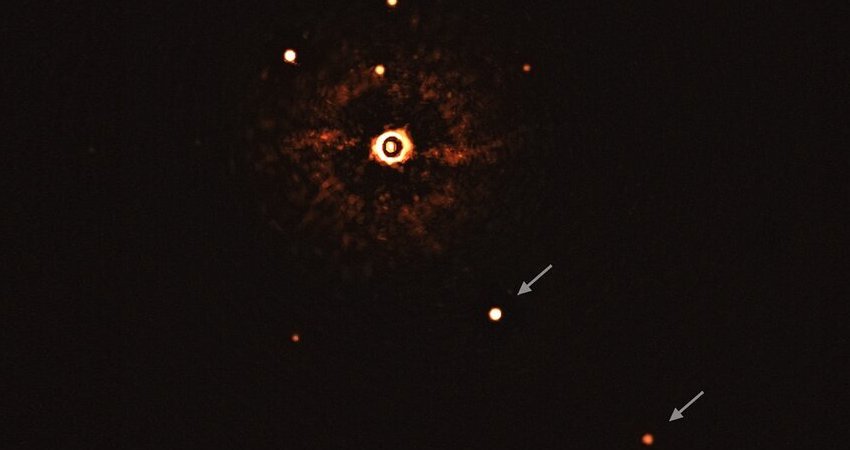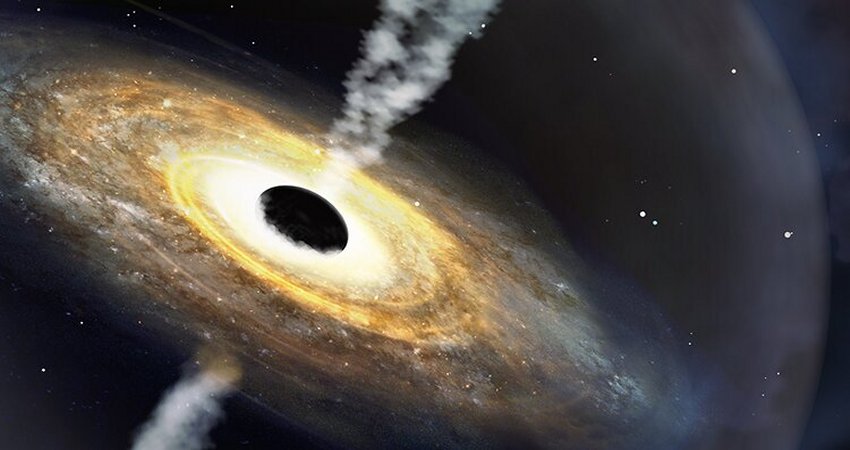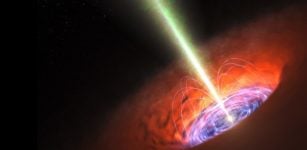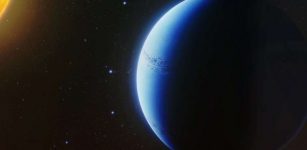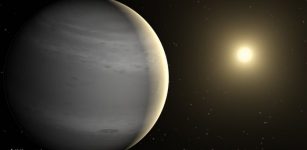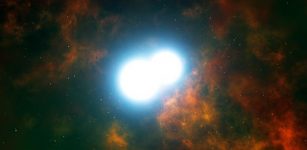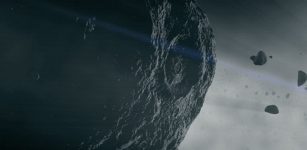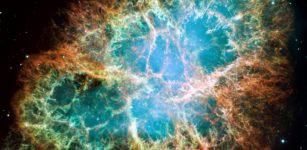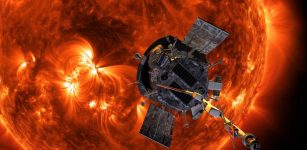Rare Double-Black Hole Galaxy Located 1.3 Billion Light Years Away
MessageToEagle.com – An unusually star-deprived black hole at the site of two merged galaxies is showing that these massive gravitational voids can shed weight too, according to astronomers.
The recently discovered black hole, which does not have the expected number of stars surrounding it, could provide new insight into black hole evolution and behavior, according to recently published research from the University of Colorado Boulder.
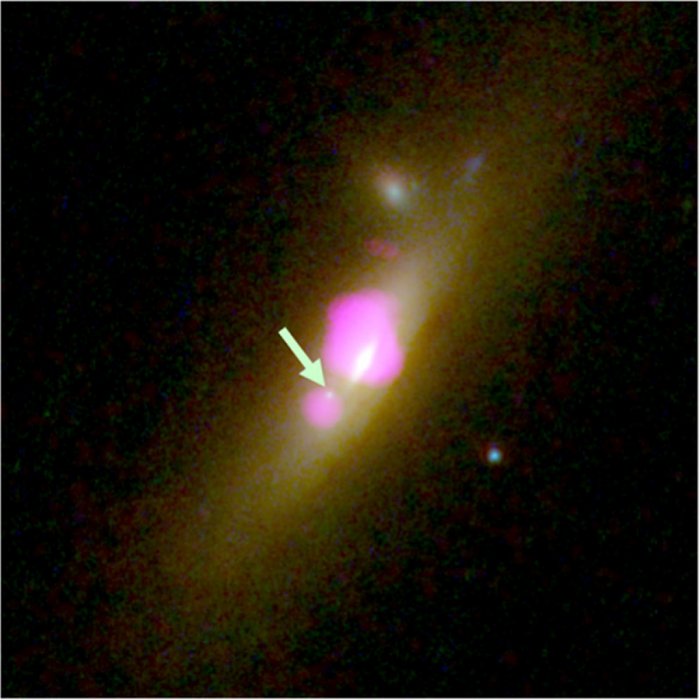
Hubble Space Telescope and the Chandra X-ray Observatory
“One black hole is starved of stars, and has 500 times fewer stars associated with it than the other black hole,” said Julie Comerford, an assistant professor in CU-Boulder’s Department of Astrophysical and Planetary Sciences and the lead investigator of the new research.
“The question is why there’s such a discrepancy.”
Supermassive black holes exist at the centers of all massive galaxies, including the Milky Way, and contain a mass of between 1 million and 1 billion times that of the sun. The mass of a black hole tends to scale with the mass of its galaxy, and each black hole is typically embedded within a large sphere of stars.
The galaxy SDSS J1126+2944 – approximately 1 billion light-years away – is the result of a merger between two smaller galaxies, which brought together a pair of supermassive black holes. One of the black holes is surrounded by a typical amount of stars, but the other black hole is strangely “naked” and has a much lower number of associated stars than expected.
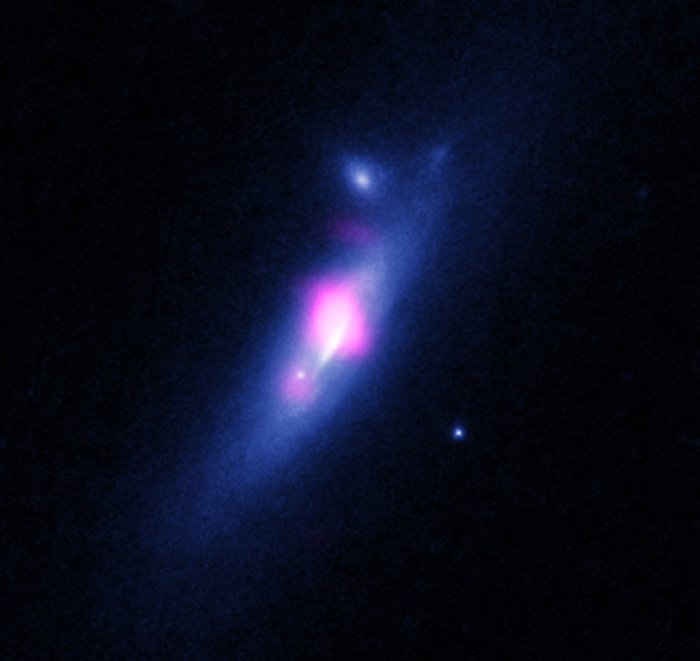
“One possibility is that extreme gravitational and tidal forces simply stripped away most of the stars from one of the black holes over the course of the galactic merger, “said Comerford.
“The other possibility, however, is that the merger actually reveals a rare “intermediate” mass black hole, with a mass of between 100 and 1 million times that of the sun.”
Intermediate mass black holes are predicted to exist at the centers of dwarf galaxies and thus have a lower number of associated stars.
They can also grow and one day become supermassive black holes.
“Theory predicts that intermediate black holes should exist, but they are difficult to pinpoint because we don’t know exactly where to look,” said Scott Barrows, a postdoctoral researcher at CU-Boulder who co-authored the study.
“This unusual galaxy may provide a rare glimpse of one of these intermediate mass black holes.”
MessageToEagle.com
source: University of Colorado Boulder

